
Cyberpunk is a subgenre of science fiction in a dystopian futuristic setting that tends to focus on a "combination of lowlife and high tech", featuring futuristic technological and scientific achievements, such as artificial intelligence and cyberware, juxtaposed with societal collapse, dystopia or decay. Much of cyberpunk is rooted in the New Wave science fiction movement of the 1960s and 1970s, when writers like Philip K. Dick, Michael Moorcock, Roger Zelazny, John Brunner, J. G. Ballard, Philip José Farmer and Harlan Ellison examined the impact of drug culture, technology, and the sexual revolution while avoiding the utopian tendencies of earlier science fiction.

The Shockwave Rider is a science fiction novel by John Brunner, originally published in 1975. It is notable for its hero's use of computer hacking skills to escape pursuit in a dystopian future, and for the coining of the word "worm" to describe a program that propagates itself through a computer network. It also introduces the concept of a Delphi pool, perhaps derived from the RAND Corporation's Delphi method – a futures market on world events which bears close resemblance to DARPA's controversial and cancelled Policy Analysis Market.
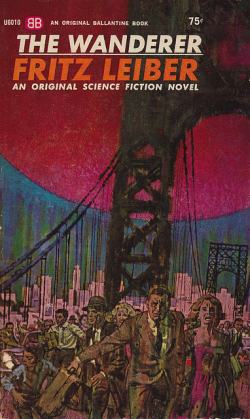
The Wanderer is a science fiction novel by American writer Fritz Leiber, published as a paperback original by Ballantine Books in 1964. It won the 1965 Hugo Award for Best Novel.
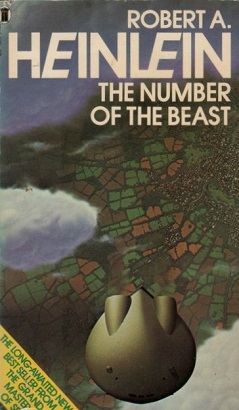
The Number of the Beast is a science fiction novel by American writer Robert A. Heinlein, published in 1980. Excerpts from the novel were serialized in the magazine Omni.
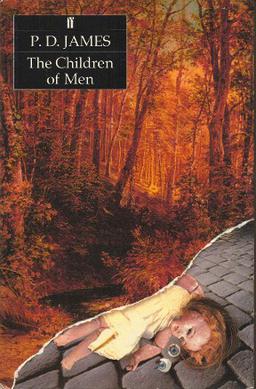
The Children of Men is a dystopian novel by English writer P. D. James, published in 1992. Set in England in 2021, it centres on the results of mass infertility. James describes a United Kingdom that is steadily depopulating and focuses on a small group of resisters who do not share the disillusionment of the masses.

Logan's Run is a science fiction novel by American writers William F. Nolan and George Clayton Johnson. Published in 1967, the novel depicts a dystopic Malthusian future society in which both population and the consumption of resources are maintained in equilibrium by requiring the death of everyone reaching the age of 21. The story follows the actions of Logan, a Sandman charged with enforcing the rule, as he tracks down and kills citizens who "run" from society's lethal demand—only to end up "running" himself.
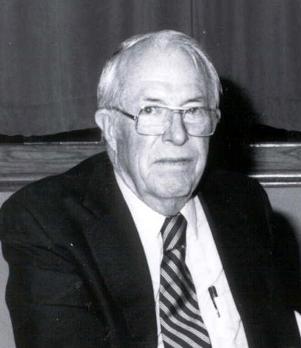
John Stewart Williamson, who wrote as Jack Williamson, was an American science fiction writer, one of several called the "Dean of Science Fiction". He is also credited with one of the first uses of the term genetic engineering. Early in his career he sometimes used the pseudonyms Will Stewart and Nils O. Sonderlund.

Footfall is a 1985 science fiction novel by American writers Larry Niven and Jerry Pournelle. The book depicts the arrival of members of an alien species called the Fithp that have traveled to the Solar System from Alpha Centauri in a large spacecraft driven by a Bussard ramjet. Their intent is conquest of the planet Earth.
The conspiracy thriller is a subgenre of thriller fiction. The protagonists of conspiracy thrillers are often journalists or amateur investigators who find themselves pulling on a small thread which unravels a vast conspiracy that ultimately goes "all the way to the top." The complexities of historical fact are recast as a morality play in which bad people cause bad events, and good people identify and defeat them. Conspiracies are often played out as "man-in-peril" stories, or yield quest narratives similar to those found in whodunits and detective stories.

The Starchild Trilogy is a series of three science fiction novels written by Frederik Pohl and Jack Williamson. In the future depicted in this series, mankind is ruled by a brutal totalitarian government known as the Plan of Man, enforced by a computerized surveillance state.

Wireheading is a term associated with fictional or futuristic applications of brain stimulation reward, the act of directly triggering the brain's reward center by electrical stimulation of an inserted wire, for the purpose of 'short-circuiting' the brain's normal reward process and artificially inducing pleasure. Scientists have successfully performed brain stimulation reward on rats (1950s) and humans (1960s). This stimulation does not appear to lead to tolerance or satiation in the way that sex or drugs do. The term is sometimes associated with science fiction writer Larry Niven, who used the term in his Known Space series. In the philosophy of artificial intelligence, the term is used to refer to AI systems that hack their own reward channel.

Artificial intelligence is a recurrent theme in science fiction, whether utopian, emphasising the potential benefits, or dystopian, emphasising the dangers.

A dystopia, also called a cacotopia or anti-utopia, is a speculated community or society that is extremely bad or frightening. It is often treated as an antonym of utopia, a term that was coined by Sir Thomas More and figures as the title of his best known work, published in 1516, which created a blueprint for an ideal society with minimal crime, violence, and poverty. The relationship between utopia and dystopia is in actuality, not one simple opposition, as many utopian elements and components are found in dystopias as well, and vice versa.
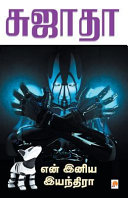
En Iniya Iyanthira is a Tamil dystopian science fiction novel written by Indian writer Sujatha. In the late 1980s Sujatha wrote this novel as a series in the popular Tamil magazine Dinamani Kathir. Following the success of En Iniya Enthira, Sujatha wrote a follow-up/sequel to this novel, Meendum Jeano. The novel was made into a serial and released on Doordarshan in 1991. The main antagonist Jeeva was played by veteran actor Charu Haasan, Nila by Sivaranjini, Sibi by Shiva and Ravi by Anand.
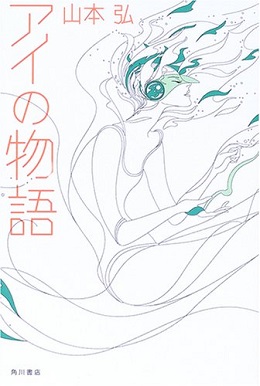
The Stories of Ibis is a Japanese science-fiction light novel by Hiroshi Yamamoto and translated by Takami Nieda. Yamamoto considered this to be an easier read than his earlier science fiction novel 'God Never Keeps Silent' because of its "light novel touch". The light novel was published in Japanese by Kadokawa Shoten and in English by Viz Media under their 'Haikasoru' imprint.

Moxyland is a cyberpunk dystopian novel written by South African author, Lauren Beukes. The book was published in 2008.
Organ transplantation is a common theme in science fiction and horror fiction. Numerous horror movies feature the theme of transplanted body parts that are evil or give supernatural powers, with examples including Body Parts, Hands of a Stranger, and The Eye.
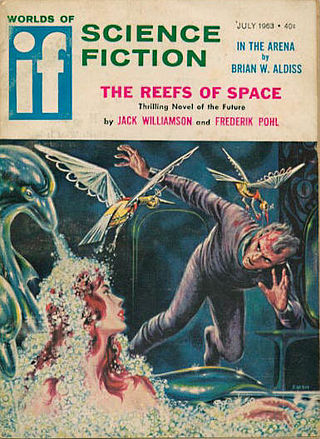
The Reefs of Space is a dystopian science fiction novel by American writers Frederik Pohl and Jack Williamson, published in 1964. It is part of the Starchild Trilogy, the other books in the series being Starchild (1965) and Rogue Star (1969).

Rogue Star is a dystopian science fiction novel by American writers Frederik Pohl and Jack Williamson, published in 1969. It is part of the Starchild Trilogy, a series of three books, in which mankind is ruled by a brutal totalitarian government known as the Plan of Man, enforced by a computerized surveillance state. In Rogue Star, the totalitarian state is replaced by a utopian state, but the characters are threatened by a mysterious force.

















